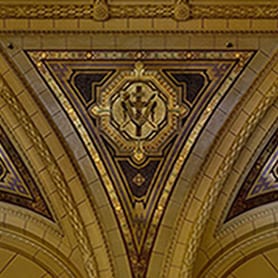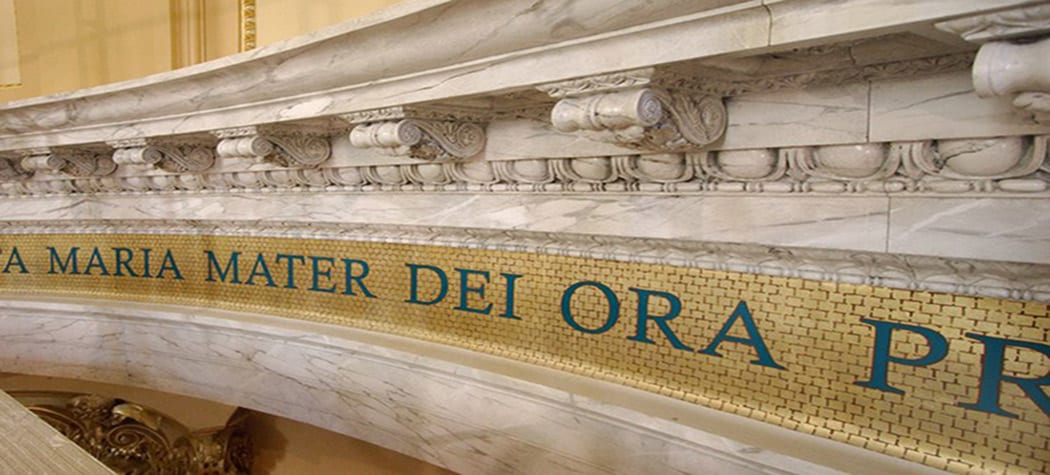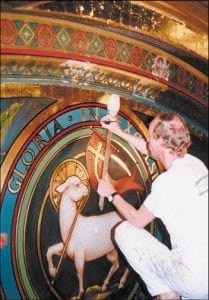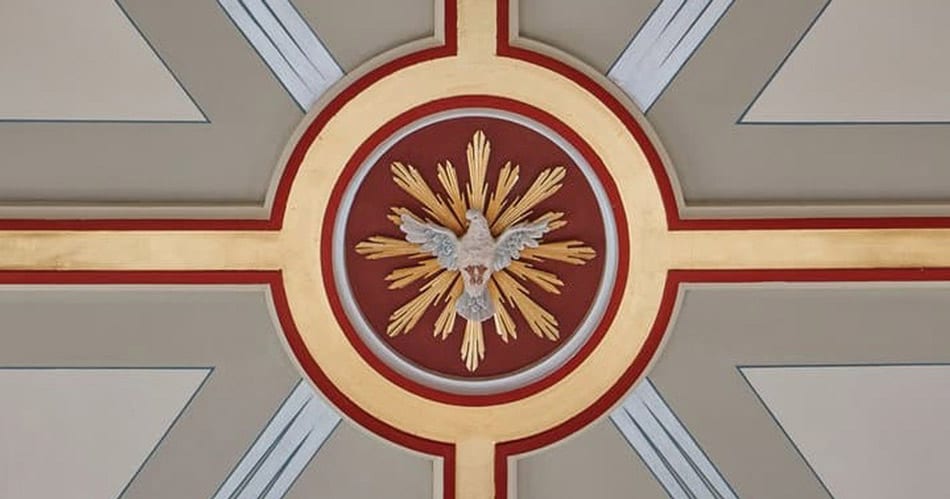
Culinary Institute of America, Hyde Park, NY
The answers to questions of the modern age are found almost exclusively in science labs rather than supplementing advancement with history, philosophy, and theology. The superfluous traditions of the past are cleared away and fade in memory, as if afraid to admit a mistake. And faith, what faith? The religion of the new age is self-advancement. Nothing about this new world is self evident other than to know and improve oneself. We do not just fear the past, we hate the past. Our society goes to all ends to alienate ourselves from our ancestors: dismantling morality, justice, tradition, faith and so on. The myth of God is suppressed by science and actions are driven by emotion rather than reason.
The societal norms and tendencies of a given era in history are reflected in the art, architecture, music, fashion, etc. produced in that time. The general focus of our modern belief system, is to know and to believe in oneself; which is important but not singularly sustainable. As a result of this relative mentality, individuals act on feeling rather than fact, impacting all sectors of society including church architecture and design. The singular, dare say selfish, idea that the individual’s notions are primary, poses difficult design problems when, for instance, evaluating the hierarchy of a church interior. In a vacuum where faith is an archaic tradition and history is cast aside, how does one illustrate truth, goodness and beauty when designing a church?
Sacred buildings are designed to communicate spiritual beliefs through tangible forms. In a church, it is not enough to simply know oneself to fully grasp the purpose of the building. Sacred architecture and decoration are a kind of language that visually communicate mysteries, stories, prayers, etc. The structure of a religious building has historical and liturgical significance that sets precedent for those beliefs.
A relativist mentality and a denial of history blinds our culture to the forms necessary for church architecture and design. A group of relativists, religious in the belief that
beauty belongs to the eye of the beholder, would have varied opinions regarding the beauty of a Crucifix based on their own visual realities. An artist may compare the Crucifix to other works of art, determining its beauty based on craftsmanship, originality, likeness, etc. An atheist may scoff at the existence of such delusions and insist that even if the Crucifix is fine craftsmanship it cannot be beautiful because it represents primitive human tendencies towards religion as opposed to progress. An unknowing child might question how such terrible image of death could even be considered beautiful.













